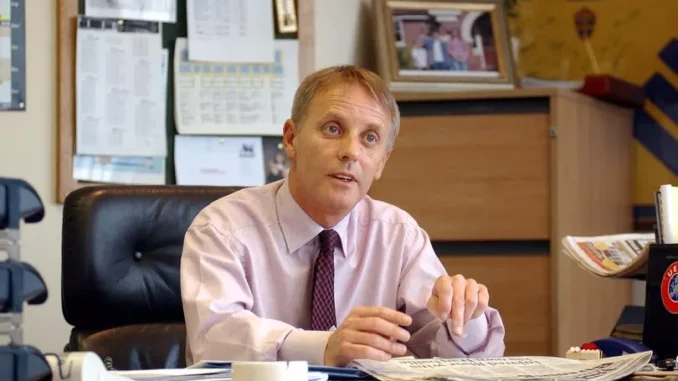
 The Hillsborough tragedy of 1989 was without a doubt the greatest tragedy in English football history. The events at the FA Cup semi-final between Liverpool and Nottingham Forest, where 96 people perished in a crowd at the Leppings Lane end of the ground, shocked and grieved me, just like they did everyone else.
The Hillsborough tragedy of 1989 was without a doubt the greatest tragedy in English football history. The events at the FA Cup semi-final between Liverpool and Nottingham Forest, where 96 people perished in a crowd at the Leppings Lane end of the ground, shocked and grieved me, just like they did everyone else.
However, there was also a sense of relief for me because I could have been central to that terrible incident. I was on the verge of taking over as Sheffield Wednesday’s secretary two years prior, having decided that switching clubs would be a wise professional move. I’d even advertised for a position at Villa, but after spending a day in Sheffield learning about their operations, I changed my mind.
Even if my decision to reverse course saved me from the Hillsborough tragedy, there were still issues with how we staged the other 1989 semifinal. There was no reason to think that the FA Cup semi-final between Norwich City and Everton would be any different from the others, and we were all proud of Villa Park’s record of holding more semifinals than any other location. I was certain that the day would proceed without a hitch because I had overseen the customary preparation and had communicated with the police, the FA, and both clubs.
The Steve Stride Column
We have signed up Steve Stride to write his memoirs of his time at at Aston Villa as the right-hand man of ‘Deadly’ Doug Ellis.
Join him on a journey through some of the liveliest times in claret and blue history – where there was certainly never a dull moment
Back when there were no professional stewards or security officials, I was responsible for all matters related to safety and security. George Brannigan, the local Queens Road police station’s football liaison officer, and I had a close working relationship and were always on the lookout for potential issues.
A few years prior, Everton had visited Villa Park for a league match, and there had almost been a problem. Split into two blocks, the North Stand terracing was sold out to Merseysiders. We couldn’t understand why there was overcrowding in the smaller R block and the larger S block appeared to be quite quiet given how the ground was filling up.
Though we were able to open the gate in the middle, allowing supporters to circulate about and prevent any crushing, I could still see that we would have a problem on our hands. The next day I found out that the tickets were printed incorrectly, with 2,200 for S block and 3,300 for R block. I was appreciative of the cops, CCTV, and stewarding at Villa Park being so vigilant.
When the 1989 semi-final kicked underway, there was concern since Norwich’s fans had arrived at the stadium far sooner than Everton’s. We wondered if something was wrong, but a quick glance outside
I was working closely with Adrian Titcombe, the FA’s security officer. Everyone else had moved into the directors’ box when the two of us looked at the TV and saw there had been a delay at the other semi-final. As the horrifying events unfolded in Sheffield, I didn’t watch any of our game. For the rest of the weekend, I was dumbstruck, aware that I could easily have been at Hillsborough.revealed that Norwich supporters had made the decision to enter the stadium early in order to enjoy the momentous occasion. After attending two previous semi-finals at Villa Park in the 1980s, Everton fans were more acclimated to such matches. They went about their regular matchday activities, and in the end, nearly the entire crowd was inside for kickoff..
Read more news on https://sportupdates.co.uk/

Leave a Reply